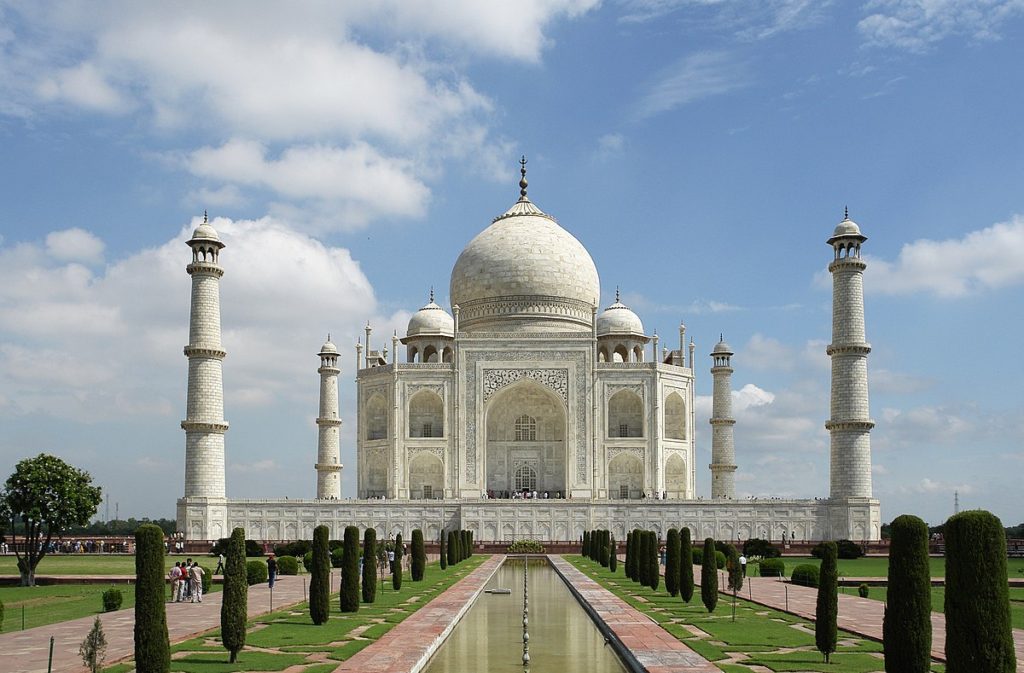
The term Monument is very general, and according to Wikipedia – it is commonly used for all kinds of structures. Monuments are the buildings or structures famous for their architectural and cultural heritage. Most of the dictionaries define monuments as ‘structures’ or ‘edifices’. While some define monuments as a statue, building, or other structure which is erected to commemorate a notable person or event. However, this definition is not specific enough. There are different kinds of monuments and they serve different purposes. For instance – historical monuments are considered as a cultural asset.
Monuments are durable and are famous symbols of the past. We get a lot of historical and political information from monuments. In their various shapes and sizes, they present the past in its many forms – church, temples, mosques, memorials, buildings, landmarks, pillars, edicts, fountains, gravestones, monoliths, mounds, palaces, statues, war memorials, towers, tombs – all carry with them their own histories.
They are like the treasure troves of our nation, as they also have social and economic associations. Serving as an important source of history and enhancing tourism, in this sense, they are the tourist banks of India. Delhi (being the capital) all the more has had a long-standing association with India’s epic past. And with it are the world – famous monuments like – Qutb Minar, Red Fort, Purana Qila, and others. These monuments bring out the elegance and splendour of the bygone era.
Monuments apart from their common definitions also have several hidden associations and meanings; sometimes symbolical, sometimes it’s cultural and sometimes it’s political. And considering our contemporary (political) environment, it wouldn’t be wrong to affiliate the eons old monuments with politics. India since its dawn has been seen as a mosaic with many overlapping cultures and religions. But time and again this diverse multination state has constantly faced the challenge of maintaining its unity. This time it is the political denominations of the monuments.
With their elaborate superfluities and wonderful architecture, Indian monuments represent one of the most outstanding facets of the multi-faceted Indian culture. The monuments of India must become an inspiration for future generations. However, all of this seems to be a distant dream and has just been reduced to a mere aspiration. Even though they are the indicator of India’s historical and cultural wealth, they have been politicized more than anything else. Let us recall a very recent political tragedy with the Taj (here, Taj Mahal). Although we take a lot of pride in it’s being enlisted as a UNESCO World Heritage Site. Even Rabindranath Tagore, “renowned Bengali poet” once described it as “A teardrop on the cheek of time.” But when it comes to politics and the othering of any community, or group its name, architect and even the time and context turn out to be problematic. Moreover, it is not just the case with Taj but in the more recent times, the same political trajectory poured over other places and monuments as well. There is this mad rush and feeling to fit everything under an ambiguous Indian-ness.
It is not wrong to have an ideology that seeks to place Hindu faith, culture, and history, at the core of Indian identity but it is also not right to view the presence of foreigners throughout history as corrupting Indian civilization, and viewing these monuments/buildings with a biased/hated lens, which in its true sense is the only Indian-ness we do NOT need. History is a framework through which a society understands itself, and monuments are a physical manifestation of the past – for good or ill. The rejection and destruction of these monuments is not only about rejecting the nation’s past and de-coupling people from their history, but it is also disconnecting those associated with that history from any claim to a part of the nation’s identity.
We cannot forget that Monuments are engraved with the time and space in which they are located and are representatives of collated memory. They are the tangible memories from the past which we have inherited as a legacy. It is our duty and responsibility to preserve this legacy, not just from environmental pollution and degradation but equally from politicization; where they suffer the risk of becoming just a means to an ugly end.
They have their fair share in making the Indian nation what it is today, and polluting them with our mean politics is a propagandist approach. It deprives them of their historicity and identity. Monuments are the jewels to the crown which is India, making it (India) shine amongst others. And their politicization will affect the Indian state in a similar fashion like a stolen/ destroyed jewel from an actual crown. It would also be morally unjust on the part of our culture and heritage where we believe in the process of inheritance and acculturation.
Monuments do not speak politics it is us who have given them a political makeover. Thus, it is in the best interest to intact the old memories than to manipulate and create new ones and let us see them for what they stand for – our heritage, legacy and inheritance.
Ritika is a museum enthusiast and likes to explore the diverse arts, culture and heritage of India. Living in a country which has been the storehouse of history in its every nook and crannies, it becomes really difficult for her to remain aloof from it for long. She believes that the community needs to know about this and this is what she is striving to achieve.


